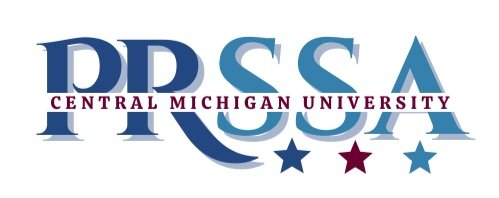By: Delaney Brickley
In the process of attaining my Public Relations degree, I’ve been exposed. Not in the way you’re thinking though.
The Public Relations program at Central Michigan University requires a diverse course load. My classes range from graphic design, journalism, broadcasting and even business.
It’s because of my school’s requirements, I’ve learned how to work and be comfortable in Adobe Creative Cloud applications.
I learned how to calculate my break-even point, costs of goods sold formula and your simple accounting equation.
I learned how to properly give an interview, what questions to ask and how to ask them.
I learned how to be in front of the camera, as talent and behind it, capturing the talent.
I’ve taken my future into my OWN hands through gaining experience. Working as a Digital/Creative Content Specialist for CMU Athletics, being a Digital Media Producer for
CM Life and being a Dialogue Facilitator for CMU has allowed me to practice my passions.
With two semesters left in my pursuit of a bachelor’s degree, I know what my future looks like. Well, I have a better idea then I did two years ago.
I am an entrepreneur. I don’t want to work for a large PR firm. I want to use the skills my PR degree gave me and mix them with my creative abilities and my passion to help.
My future looks like this:
-Working for myself
-Working with different businesses to create and maintain a social media presence, successfully
-Introducing Dialogue Facilitation into three (that’s the goal I’ve set) middle/high schools near my hometown of Lansing, MI
-Working with businesses and companies to bring their marketing visions alive through photos and videos
-Working all around the world as an ally for social justice
-Traveling and use my Public Relation skills in whatever form fits best for the opportunity I have in front of me
I’ve been blessed to be exposed and now I’ve found my passion. Have you been exposed?

